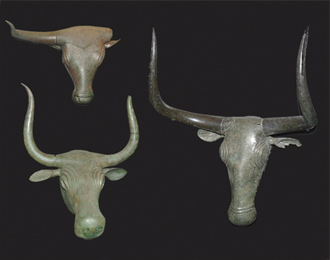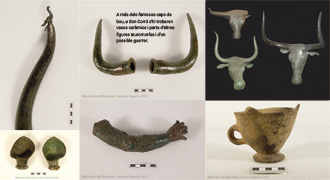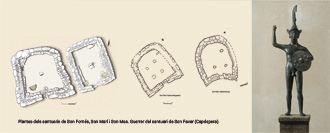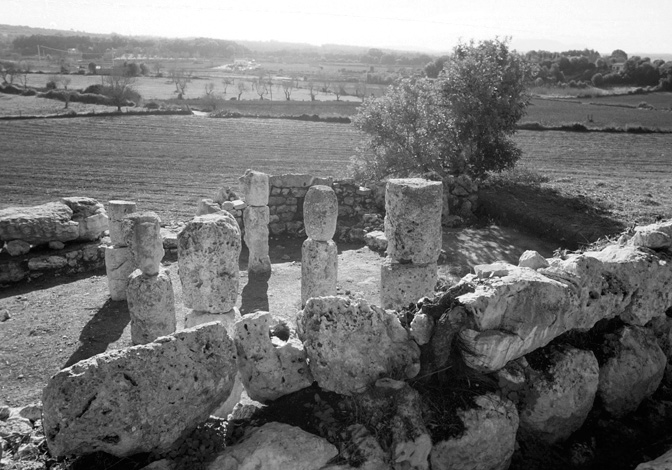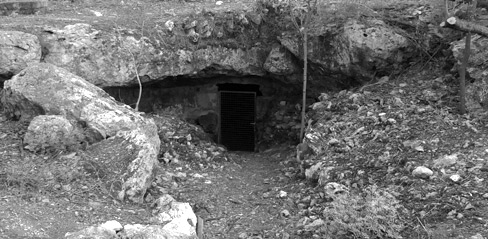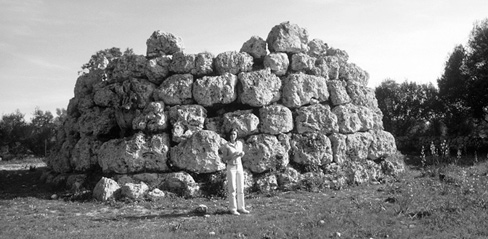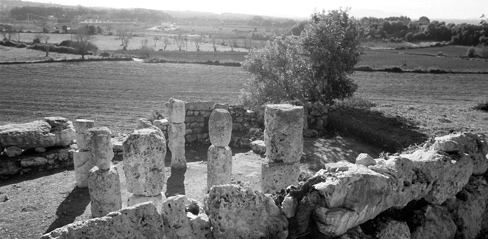3 son corró sanctuarie
what are the sanctuaries?
This is the name given to a series of buildings from the Post-Talayotic period, with a square floor plan. The main wall often is slightly curved towards the interior, while the back wall´s corners are usually rounded or even acquire the form of an apse. The interior space, which is not divided, contains a pillar or a centered flagstoneand at times various columns that could have held a roof in place, besides the fact that some authors consider these spaces to have been open-air ones, as the Taula structures in Menorca. Even today it is not exactly clear when these buildings began to be constructed, but in general terms it can be considered around the IV century BC. The objects found in the interior give information of their last usage, being between the II and I century BC. Some sanctuariescould have been used for periods of time even after the Roman conquest in 123 A.C. Others would suffer another fate, that of terrible fires around this time, probably due to the conflicts between the Roman military and the island population.
social context and the sanctuaries function
The final end of the Talayotic period marked a distancing between the native groups that had based their living model on reciprocity and solidarity. During the Post-Talayotic period an economic inequality surged up between the members of the communities. This situation consolidated the elite sector to dedicate intensely to military training and enroll as mercenaries of the Carthage army and afterwards in the Roman army that was fighting to control the Mediterranean. Here we are talking about the famous foners.
Within this context what we name nowadays sanctuaries, could have been buildings dedicated to cult or living-spaces of the more powerful persons or even both possibilities together. The sanctuaries would be private spaces belonging toa community´s minority sector that would strengthen their social position through symbols of power, violence and the virility represented in bulls and warriors. On the other hand, we can consider these symbols being typically of a patriarchal society. They were the frame for some of the elite to make decisions about the community and their relationship with other native groups or even where negotiations took place to organize the foners participation in the armies of the colonial powers.

